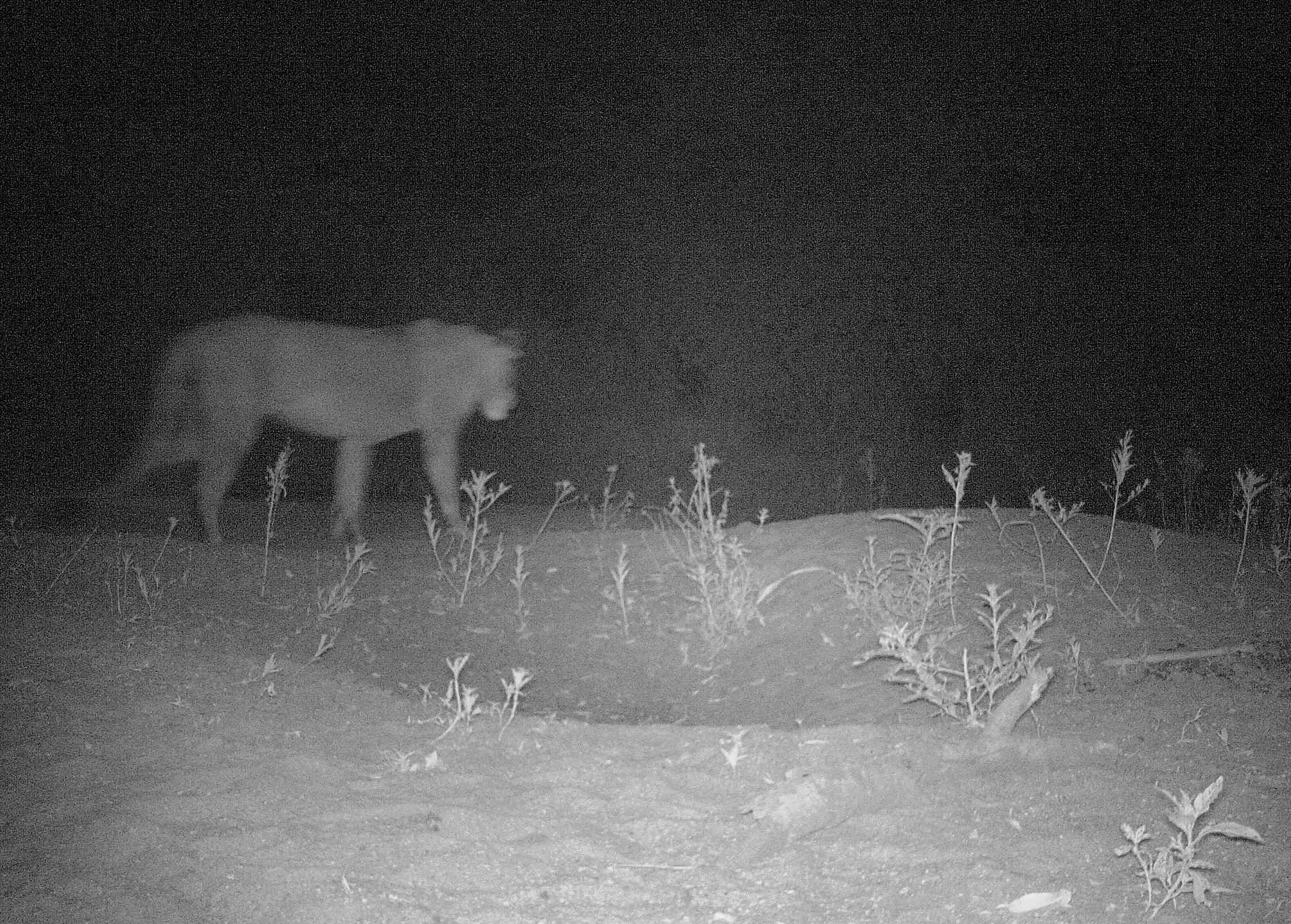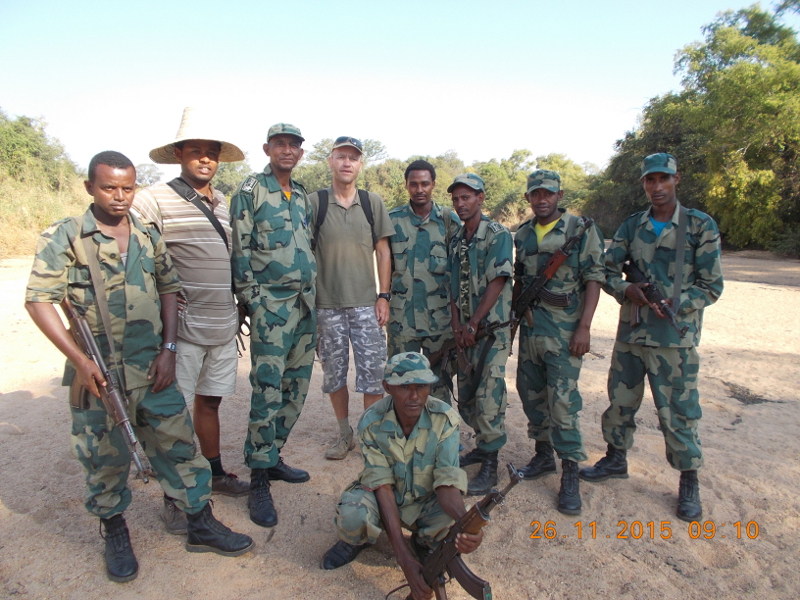News
WildCRU’s Hans Bauer delivers another success for lion conservation, writes David Macdonald
We are fortunate in the WildCRU to have assembled a remarkable team of lion conservation biologists and amongst these Dr Hans Bauer specialises in the, sadly disappearing, lions of West Africa. Hans, who is partly supported by our collaborator the Born Free Foundation, also works in the Horn of Africa. In late November he led an expedition to the 2666 km2 Alatash National Park on the west of Ethiopia. The Ethiopian protected area borders on a larger one, Dinder, spanning a further 7000 km2 in Sudan. Together the Alatash-Dinder Transboundary Ecosystem is a very remote and little explored area. The WildCRU has a special interest in conservation across national borders (remember our lions tracked in Zimbabwe cross back and forth into Botswana and Zambia), so this transboundary park is especially interesting. It is a protected National Park on both sides of the Ethiopia-Sudan border, with a good team of park guards.
Hans and his team used all the standard methods, searching for spoor (footprints), using loudspeaker call-ups, and camera-traps. Wonderfully, they secured the attached picture of a lioness – the first picture of these lions confirmed by science. They also interviewed local people: they knew well that lions were around, and confirmed that they see their signs regularly in the park and nearby, but at low density. Dr Bauer calculates there may be about 100-200 lions in the entire are, equivalent to 1-2 lions per 100 km2, in prides of 3-4 individuals. This is such welcome news – our team spends too much time recording areas from which lions have disappeared, so it is a joy to fill in a piece of the map with positive news.

Exciting ghostly night-time image of the first lion photographed for science on a camera trap in Alatash National Park
-
 WildCRU’s Dr Hans Bauer with the dedicated local team of National Park guards
WildCRU’s Dr Hans Bauer with the dedicated local team of National Park guards





